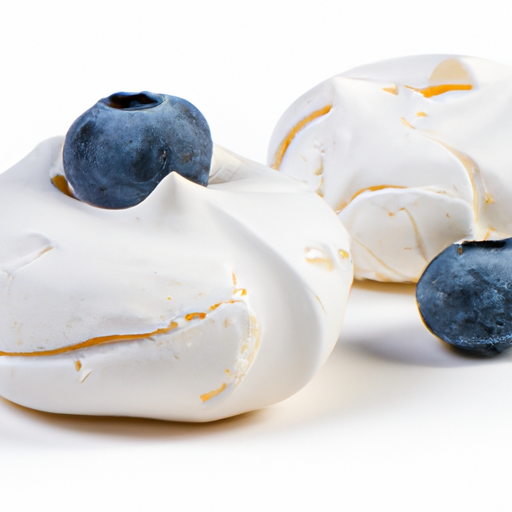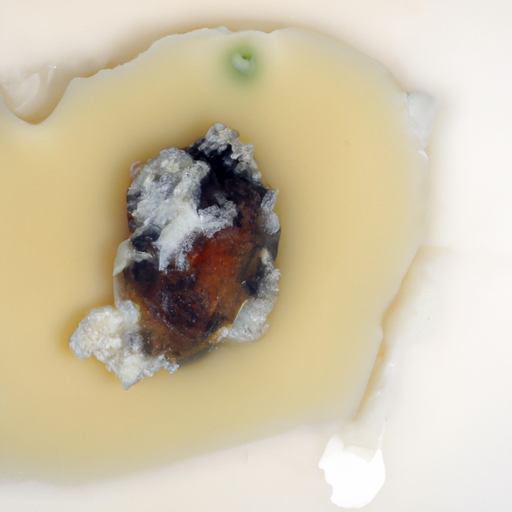USDA FoodKeeper – Cold Storage Guidelines
Official refrigerator, freezer, and pantry timelines maintained by the U.S. Department of Agriculture.
Visit USDA FoodKeeperAn intriguing fermented beverage packed with probiotics, this tangy elixir is a favorite among health enthusiasts for its gut-friendly benefits. However, it thrives best in the fridge and should be consumed within a week for optimal freshness. Once past its seven-day mark, it's best to toss it to avoid any unwanted surprises!
30 most common foods with instant answers. Print it and stick it on your fridge—completely free! Want more? Upgrade to the complete guide with 70+ foods.
"Rejuvelac should be stored in the refrigerator at 40°F or below and consumed within 3-4 days to ensure food safety." - CDC


Fridge
34-38°F (1-3°C)
Glass container with tight lid, minimize air exposure
7 days
Strong sour smell, cloudy appearance beyond normal, mold
Vegan cheese starter
Wheatgrass juice, fermented coconut water
Rejuvelac does not have a strict expiration date like many conventional beverages. Instead, its quality and taste may change over time. The best quality rejuvelac is typically achieved within a few days to a week of fermentation when it has a pleasant tangy flavor and effervescence. As rejuvelac continues to ferment, it may become more sour and develop a stronger taste. While it is safe to consume rejuvelac as long as it does not show signs of spoilage, the flavor may not be as desirable after an extended period.
To determine if Rejuvelac has gone bad, look for any mold growth on the surface, a foul or off smell, or a slimy texture. If you notice any of these signs, it is best to discard the Rejuvelac to prevent any potential foodborne illness.
Rejuvelac is a fermented beverage made from sprouted grains, typically wheat berries or other grains. While the fermentation process helps to develop beneficial bacteria and enzymes, improper preparation or storage can lead to foodborne illnesses. It is crucial to follow proper hygiene practices when making rejuvelac, such as using clean equipment and ensuring the grains are properly sprouted before fermentation. Additionally, ensure that the fermentation process occurs at the correct temperature and for the appropriate duration to minimize the risk of harmful bacterial growth. Individuals with compromised immune systems or certain medical conditions should consult a healthcare provider before consuming fermented foods like rejuvelac.
To store rejuvelac, it is recommended to strain out the grains after fermentation and transfer the liquid to a clean, airtight container. Refrigerate the rejuvelac to slow down the fermentation process and maintain its quality. It is best consumed within a week or two for optimal flavor and probiotic benefits. If you prefer a milder taste, you can dilute rejuvelac with water before consuming. Remember to use clean utensils and containers to prevent contamination and spoilage.
Rejuvelac has its roots in the natural health and raw food movements. It is believed to have originated from Ann Wigmore, a pioneer in the use of sprouts and wheatgrass for health benefits. Rejuvelac is valued for its probiotic properties, which can support digestive health and overall well-being. In some cultures, fermented beverages like rejuvelac are consumed as a traditional remedy for various ailments and as a way to promote gut health.
Yes, storing Rejuvelac in a glass jar is recommended as it helps maintain freshness and prevents any potential chemical leaching that may occur with plastic containers. Make sure the jar is airtight to prolong the shelf life.
Exposure to sunlight can accelerate the spoilage of Rejuvelac due to increased temperature and UV light exposure. It's best to store Rejuvelac in a cool, dark place to maintain its quality and extend its shelf life.
It is not recommended to consume Rejuvelac that has been refrigerated for more than 7 days, as its quality and safety may be compromised. Discard any Rejuvelac that has exceeded its shelf life to avoid the risk of foodborne illness.
Cooking Rejuvelac at high temperatures can destroy the live probiotics present in the beverage, reducing its probiotic benefits. To retain the probiotic content, it's best to consume Rejuvelac raw or at low temperatures.
Transporting Rejuvelac in a stainless steel bottle for 5 hours is generally safe as long as the bottle is well sealed to prevent spills and contamination. Keep the bottle away from direct sunlight and extreme temperatures to maintain the beverage's quality during transport.
Different brands of Rejuvelac may have varying shelf lives based on production methods, ingredients, and packaging. It's essential to refer to the expiration date on the specific brand's packaging and follow storage instructions provided by the manufacturer for optimal freshness.
30 most common foods with instant answers. Print it and stick it on your fridge—completely free! Want more? Upgrade to the complete guide with 70+ foods.
Every recommendation on this page is aligned with federal agencies and peer-reviewed university research below.
Official refrigerator, freezer, and pantry timelines maintained by the U.S. Department of Agriculture.
Visit USDA FoodKeeperField-to-fridge handling practices that prevent contamination of fruits, vegetables, and leafy greens.
Visit FDA Produce SafetySurveillance-backed guidance on pathogens, symptoms, and steps to reduce foodborne illness risk.
Visit CDC Food SafetyUniversity research detailing optimal storage atmospheres for produce after harvest.
Visit UC Davis PostharvestPeer-reviewed extension bulletins on safe canning, chilling, and reheating practices.
Visit Penn State ExtensionNeed deeper reading? Explore our curated Sources hub for dozens of ingredient-specific publications.
Scan your food directly and get instant safety info using our AI-powered camera feature.
Grains & Pasta
View expiration date and storage guide →
Herbs and Fresh Produce
View expiration date and storage guide →
Meat & Poultry
View expiration date and storage guide →
Herbs and Fresh Produce
View expiration date and storage guide →
Dairy Products
View expiration date and storage guide →
Fruits & Vegetables
View expiration date and storage guide →
Dairy Products
View expiration date and storage guide →
Seafood
View expiration date and storage guide →
Meat & Poultry
View expiration date and storage guide →
Important: These are general guidelines based on authoritative sources listed above. Always use your best judgment and when in doubt, throw it out. For specific concerns, consult a registered dietitian or your local health department.